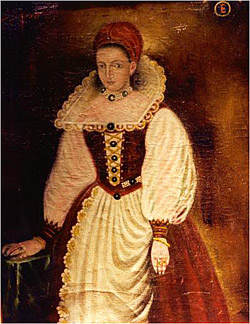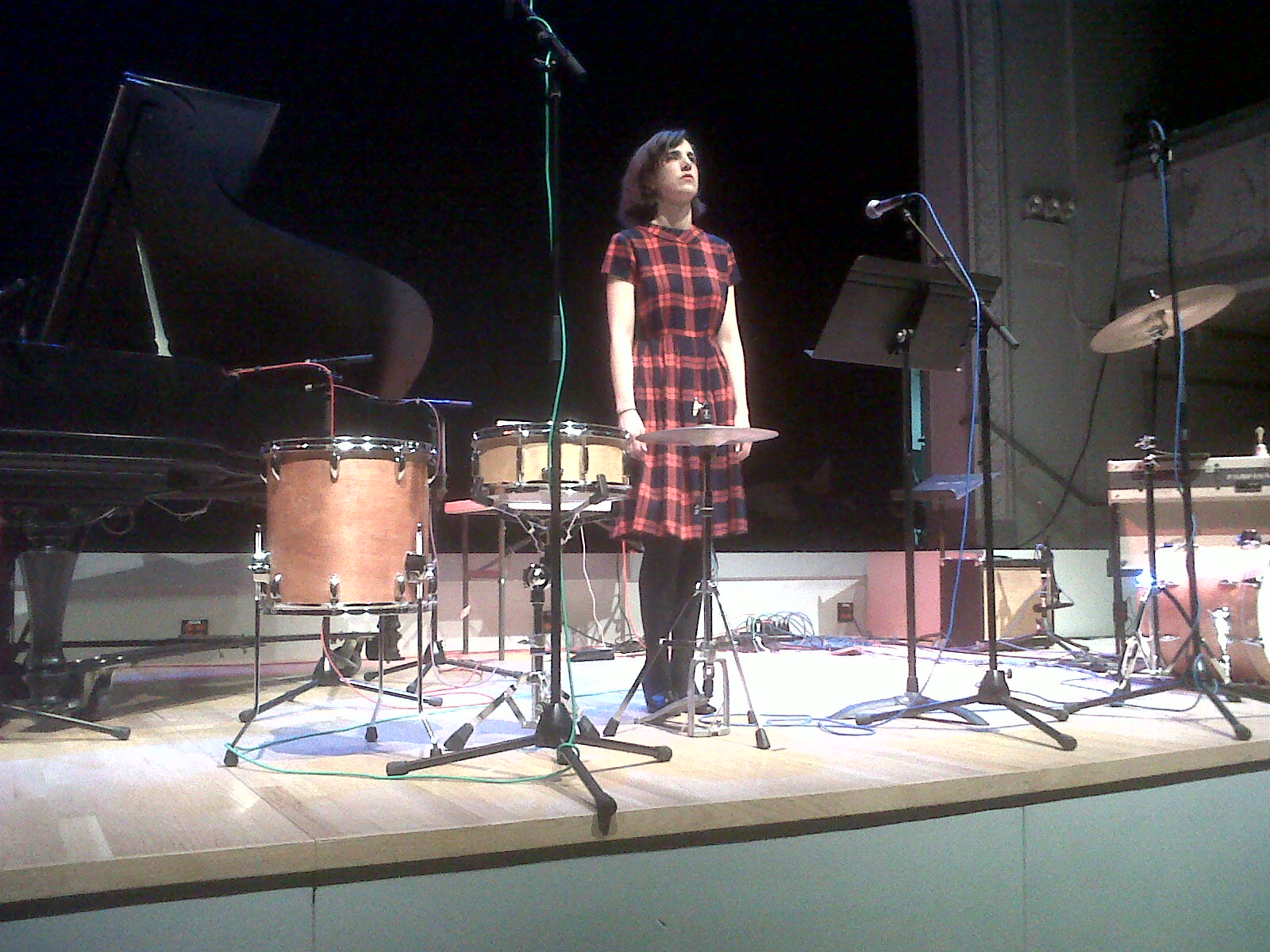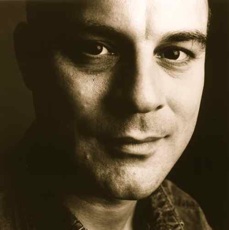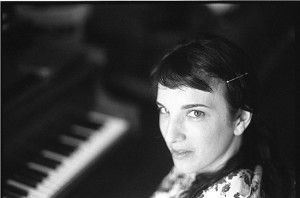[Ed. Note: Please welcome composer (and long-time S21 supporter) Dennis Bathory-Kitsz, and sit back as he spins a tale for the ages (and yet all quite true!), of how he managed to conceive, write, and finally produce his very own opera in the (semi) wilds of Vermont.]
 In the past week I’ve received emails from other composers, many of whom had doubted that my opera Erzsébet would ever be mounted. After two decades of promises, nearly two years of faltering fundraising, three directors, and a flood that pushed us out of our home, opening night seemed distant and dim. How did it happen for me? Could they finally get to mount their operas?
In the past week I’ve received emails from other composers, many of whom had doubted that my opera Erzsébet would ever be mounted. After two decades of promises, nearly two years of faltering fundraising, three directors, and a flood that pushed us out of our home, opening night seemed distant and dim. How did it happen for me? Could they finally get to mount their operas?
The opera’s genesis is long & convoluted. When I was a child in the 1950’s, my adoptive father Zoltan Bathory had mentioned an evil family ancestor. In 1983, I was given a copy of Dracula Was a Woman, Raymond McNally’s biography of Elizabeth Bathory. She was a vampiric, serial killing, blood-bathing countess with male and female lovers who died walled up in her torture chamber! The Tigress of Cséjthe! Hungary’s National Monster! What could be better for an operatic tale? In 1987 Erzsébet was scribbled onto my compositional to-do list.
Coincidentally, I’d heard that poet and NPR commentator Andrei Codrescu was working on a biography of Erzsébet based on new research. I got in touch; Codrescu was interested in writing the libretto.
But soon my life was in turmoil, with my failed computer company and failed personal life and broken compositional dreams and a falling out with Codrescu, whose biography ended up as an attempt at a Tom Robbins-esque novel. Beyond that, Vermont was not a friendly place for new music in the 1980’s, even though my pseudo-csárdás piano sketch for the opera overture had been commissioned and performed. My new partner Stevie (now my wife), her daughter and I left for Europe in 1991. A rare opportunity brought us into then Czechoslovakia at Cachtice, home of Erzsébet’s most notorious castle.
I sketched some scenarios for the opera, considering chamber and grand-opera versions. I’d written an opera before — Plasm over ocean, with libretto by David Gunn, my cohort on Kalvos & Damian’s New Music Bazaar — but this new one would be less avant-garde and more actual storytelling and drama.
On returning to Vermont, my boxes of Erzsébet research—books, articles, novels, stories, photosgraphs, videos, postcards, trinkets—became the impetus to create an online home for the opera project. That led to a connection with a Czech sculptor living in America, Pavel Kraus. We had similar artistic sensibility and soon worked together on Sex and Death: Offerings in Burlington, Vermont, and later at Prague’s Mánes Museum, newly restored after the dreary Communist years. Pavel would be the opera’s visual designer, and was the earliest team member who stayed with the project.
In 1999, Lisa Jablow, singer, conductor, and aficionado of new music, became interested in the Báthory story and wanted to sing the lead. She suggested a monodrama written specifically for her, and that became the manageable version of the opera—small enough to afford, intimate enough to create a powerful atmosphere. (more…)









